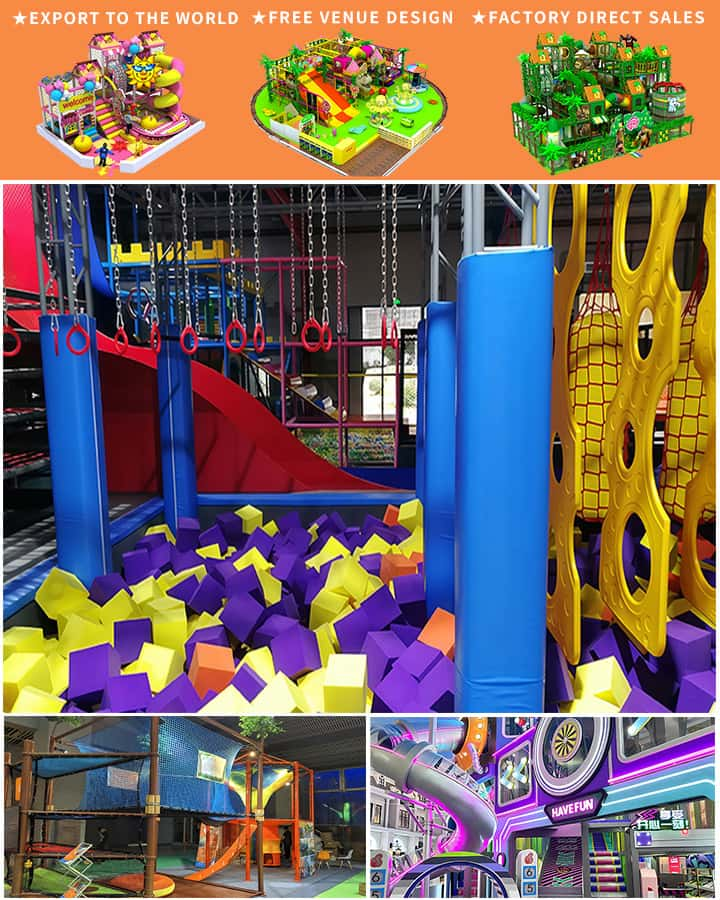In today’s educational landscape, the importance of holistic student development cannot be overstated. A critical yet often overlooked component of this development is the quality of school playgrounds. Recognizing this need, various organizations and governmental bodies have introduced playground equipment grants for schools, aiming to enhance physical activity, social interaction, and overall well-being among students. This article explores the significance of these grants, their benefits, and the potential they hold for transforming school environments.
The Importance of Play in Educational Development
Play is a fundamental aspect of childhood that fosters cognitive, physical, social, and emotional growth. According to numerous studies, children who engage in regular physical activity perform better academically, exhibit improved concentration, and display heightened creativity. However, many schools, particularly in underserved communities, lack adequate playground facilities that can support such activities. Playground equipment grants for schools play a pivotal role in bridging this gap by providing necessary resources to upgrade existing playgrounds or install new, safer, and more inclusive equipment.
Benefits of Playground Equipment Grants
Enhanced Physical Health: Modern playground equipment encourages children to engage in diverse physical activities, promoting cardiovascular health, muscle strength, and coordination. Structures like climbing walls, balance beams, and swings cater to different age groups and abilities, ensuring all students can participate.
Social Skills Development: Interactive playgrounds facilitate socialization, teaching kids essential skills such as cooperation, communication, and conflict resolution. Group activities on the playground help build friendships and a sense of community among students.

Inclusion and Accessibility: One of the most significant aspects of modern playground design is inclusivity. Grants often emphasize funding for wheelchair-accessible structures, sensory-rich environments, and adaptive equipment that accommodate children with disabilities, ensuring every student has an equal opportunity to enjoy and benefit from playtime.
Mental Health and Well-Being: Outdoor play reduces stress and anxiety levels in children. Exposure to nature and physical activity boosts mood and promotes mental well-being, which is crucial for overall development.
Real-Life Impact: Case Studies and Examples
Across the globe, schools that have received playground equipment grants report transformative outcomes. For instance, a suburban elementary school in Texas was able to replace outdated, unsafe jungle gyms with new, state-of-the-art play structures funded through a local government grant. The result? An 85% increase in active recess participation and notable improvements in students’ focus during classroom hours. Similarly, a rural school in New Zealand utilized a grant to create a sensory garden and inclusive playground, leading to higher engagement from students with special needs and a marked improvement in their social interactions.
How to Apply for Playground Equipment Grants
Securing a playground equipment grant involves several steps, starting with identifying potential sources of funding. These may include federal programs, state education departments, non-profit organizations, and private foundations. Here are some general guidelines for applying:
Research: Identify grant opportunities that align with your school’s needs and goals. Websites like Grants.gov, local education authority portals, and community foundation sites are good places to start.
Planning: Develop a detailed proposal outlining the current state of your playground, the specific needs it addresses, and how the new equipment will benefit students. Include budget estimates, timelines, and maintenance plans.
Partnerships: Collaborate with local businesses, PTAs, and community organizations to strengthen your application and potentially secure matching funds.
Documentation: Prepare all required documentation carefully, including budget sheets, project plans, and letters of support from stakeholders. Ensure compliance with all grant requirements and deadlines.
Follow-Up: Maintain communication with the grant provider throughout the process and after receiving the grant to ensure ongoing support and compliance with reporting requirements.
Conclusion
Playground equipment grants for schools represent a vital investment in the future of our children. By upgrading and enhancing playgrounds, we not only promote physical and mental well-being but also lay the foundation for a more inclusive, engaging, and effective learning environment. As educators, parents, and community members, advocating for and securing these grants can make a profound difference in nurturing happy, healthy, and successful students.




